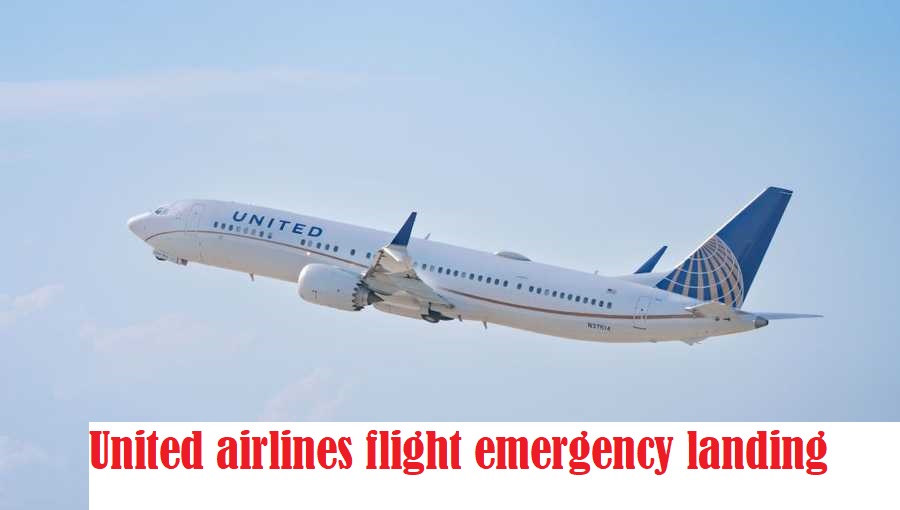On Wednesday, a United Airlines flight en route from New Jersey to Brazil forced to make an emergency landing in the middle of the Atlantic Ocean due to a mechanical problem.
Approximately 256 passengers boarded Flight 149 from Newark Liberty International Airport on Wednesday night at 11 p.m. ET. The flight destined for So Paulo-Guarulhos International Airport.
United Airlines said in a statement that the plane had a “mechanical issue shortly after takeoff,” with the initial maintenance inspection indicating a problem with the plane’s hydraulic pump.
The airline reported that after the plane “remained in the air to burn fuel and then landed safely,” the plane was in fact able to return to the ground without incident.
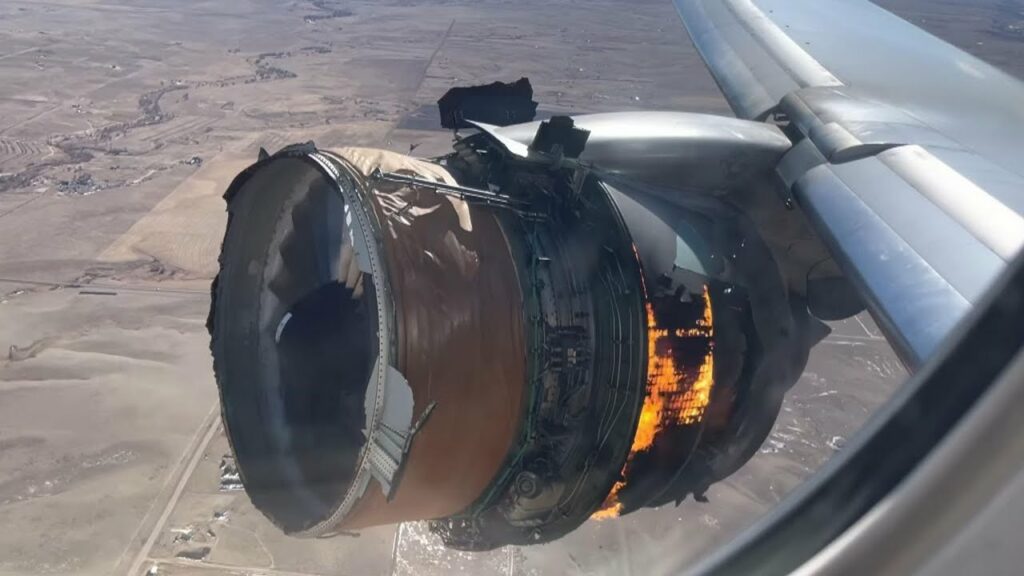
People got off the plane at the gate, and a replacement plane is leaving in the morning. The flight history shows that it made several loops over the ocean off the coast of New Jersey before returning to Newark at around 1 a.m.
The crew of a Boeing 777-200 reported a “emergency” and made an emergency landing, according to the Federal Aviation Administration, which is now conducting an investigation.
United Airlines said the plane, with 256 people on board, had a problem with its hydraulic pump after a preliminary inspection.
A video purporting to show the flight online shows sparks flying off the plane as it climbs after takeoff.
Flight 149 left Newark Airport on Wednesday night, declared an emergency, and has since been the subject of an investigation by the Federal Aviation Administration. According to the FAA, the Boeing 777-200 originally bound for Sao Paulo, Brazil, before making a U-turn and returning to Newark.
Landing gear, flaps, and brakes are just a few of the vital systems that the Boeing 777’s hydraulic system controls. With its three independent hydraulic systems, the plane can continue to fly even if two of them fail.
Flight data shows that about two hours after takeoff, the plane circled over the Atlantic Ocean to burn fuel before making a safe landing at the airport.
Emergency Landing
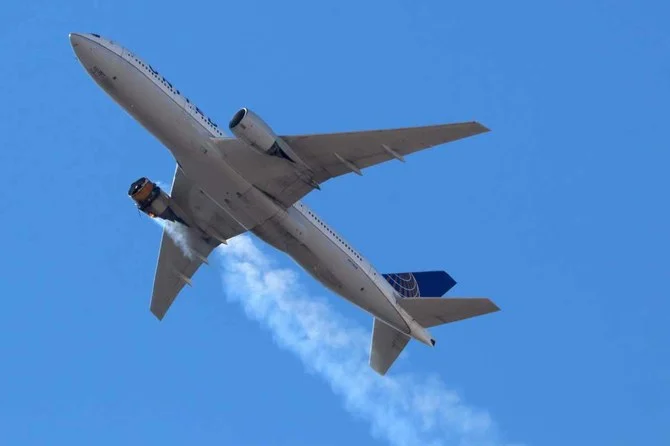
An emergency landing occurs when a plane has to make an unscheduled stop because of an immediate or ongoing danger to the plane’s safe operation or because of an unexpected need for one of the passengers or crew members to cut short their flight (such as a medical emergency).
If the plane can’t make it to an airfield, the pilot may forced to make an unscheduled detour to the closest or best-suited airport or airbase. In the event of an emergency, flights that require air traffic control will given precedence over those that do not.
Related Search:
Ditching is equivalent to a forced landing, but on water instead of land. Disabled aircraft that make contact with the water’s surface will likely sink if they not built to float. Though some damage may allow them to float for hours.
Procedures
A fixed-wing aircraft will glide to the ground if its engines fail during a forced landing. While a rotary-wing aircraft (helicopter) will autorotate to the ground by giving up altitude for airspeed.
In “simulated forced landings,” pilots pretend their plane’s engine has failed. And they have to land it safely by choosing a suitable landing area. And gliding at the plane’s maximum possible speed.
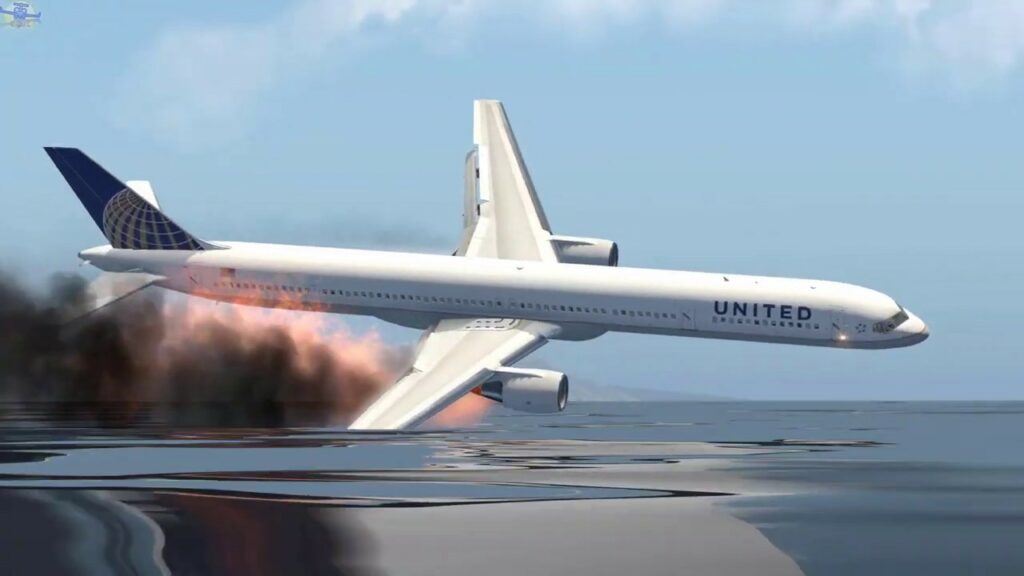
Since powered aircraft typically use little to no power when landing. An unplanned landing will often not result in any serious injuries or significant damage. To the aircraft if there is a suitable landing spot within the aircraft’s gliding or autorotation distance.
Landings for light aircraft are typically safe on fields, roads. Or gravel river banks (or even on the water if the aircraft float-equipped). But landings for medium and heavy aircraft typically require long. Prepared runway surfaces due to their greater weight and landing speeds.
Most cross-country pilots are up to date because glider pilots frequently land far from home.
Notable Examples
While forced landings of large airliners are extremely rare. Due to their multiple engines and redundant systems, some high-profile cases do exist. The Gimli Glider, a Canadian Boeing 767 that ran out of fuel but safely glided. The ground in Gimli, Manitoba on July 23, 1983, is a well-known example.
Avoid a cloud of volcanic ash in June of 1982, British Airways Flight 9 diverted. To Jakarta after losing power in all four engines en route from Kuala Lumpur to Perth.
Explosive decompression occurred on Aloha Airlines Flight 243 on April 28, 1988. When about 35 square metres (380 square feet) of aluminum skin peeled away from the fuselage.
Only flight attendant Clarabelle “C.B.” Lansing killed when the cabin depressurized, and the plane safely diverted to Kahului Airport.
Takeoff And Engine Failure
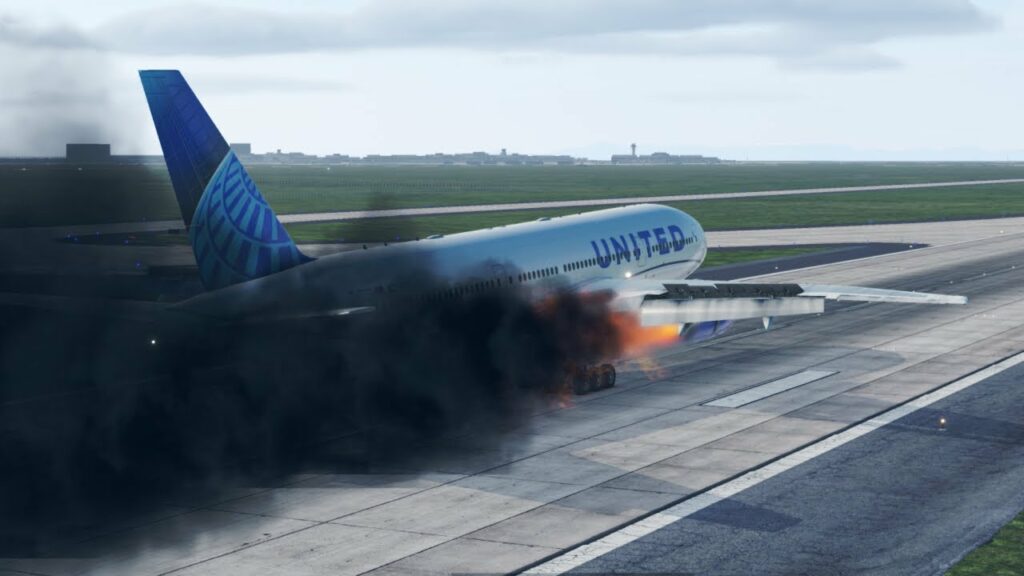
At 14:09 CDT, Flight 232 took off from Stapleton International Airport. In Denver, Colorado, bound for O’Hare International Airport in Chicago. With onward service to Philadelphia International Airport.
The autopilot disengaged and the pilots felt a jolt. First Officer Records took over the controls, and Captain Haynes turned his attention to the tail engine. Which was showing signs of malfunction on the instruments.
Related Search:
He discovered that the controls for the engine’s throttle and fuel supply stuck. Dvorak suggested we cut fuel to the tail engine by closing a valve. In total, this urgent matter lasted for 14 seconds.
FAQs – People Also Ask
What was the main cause of United Airlines flight 173 accident?
According to the NTSB’s investigation, the plane ran out of gas. Because the captain wasn’t keeping an eye on it and wasn’t reacting quickly enough when fuel got low. Because of this, all of the vehicles’ motors eventually ran out of gas.
Has a United Airlines flight ever crashed?
112 people lost their lives in the crash landing of United Airlines Flight 232 in Sioux City, Iowa on July 19, 1989. The tail-mounted engine on the flight from Denver to Chicago suddenly stopped working. Of the plane’s 228 passengers, 184 managed to get out alive.
For More References & News Related Articles, You Can Check Our Website: Velvetiere

